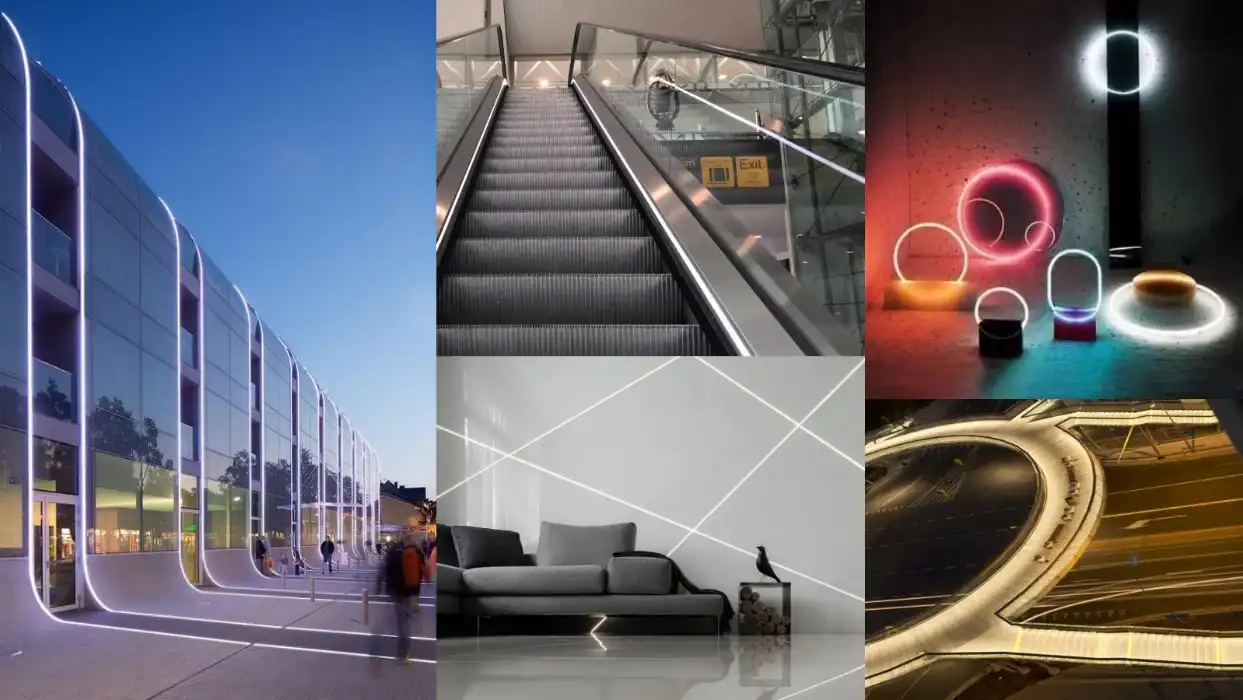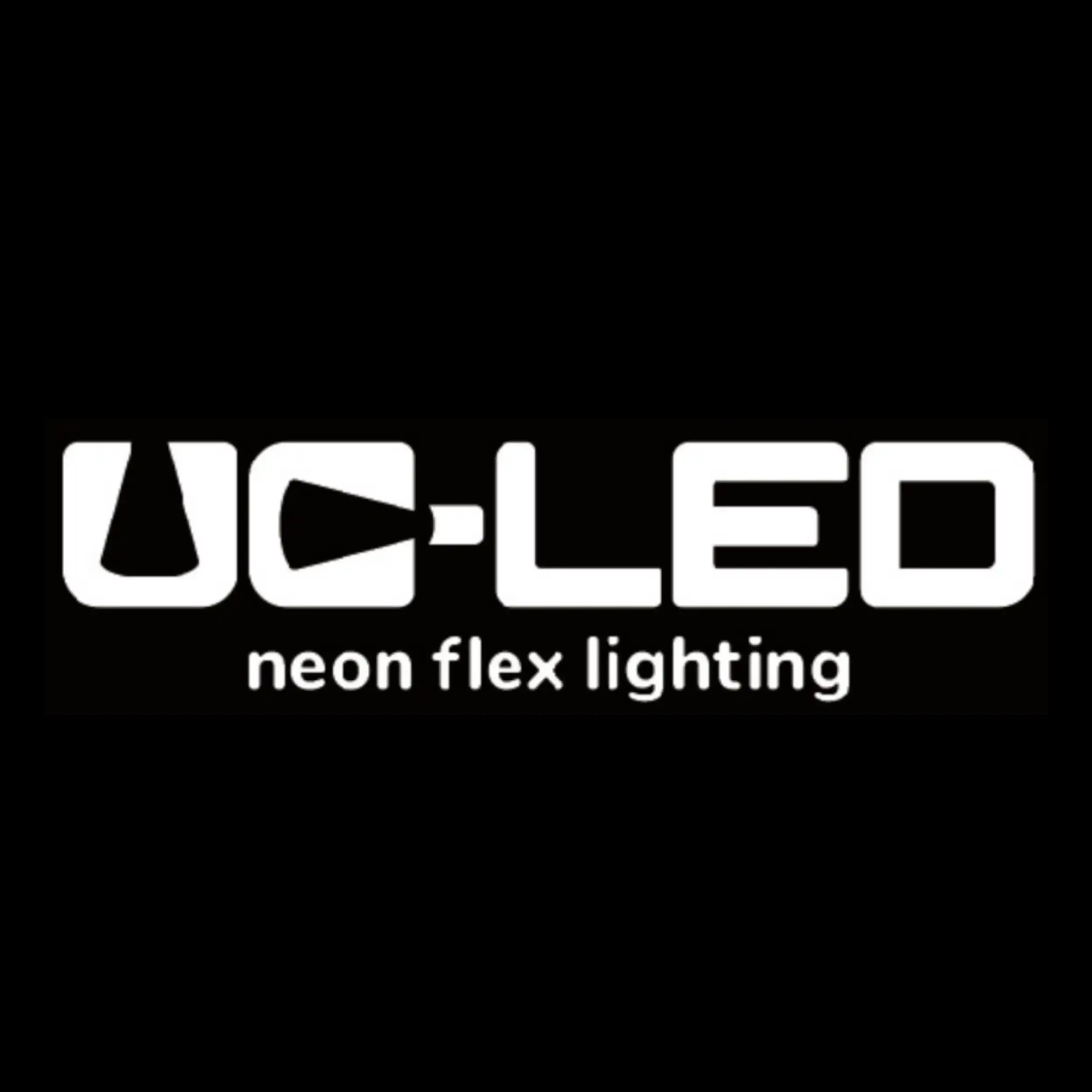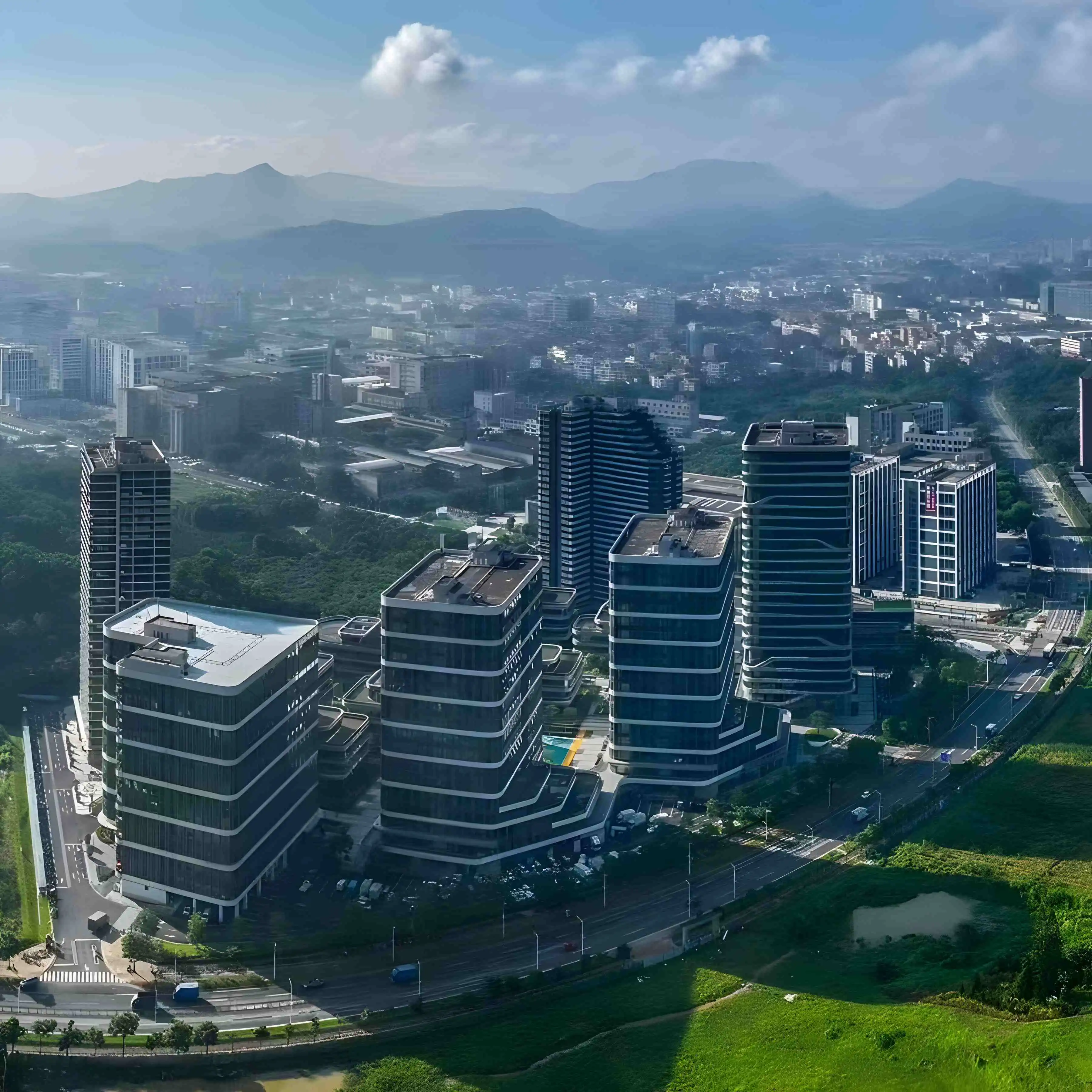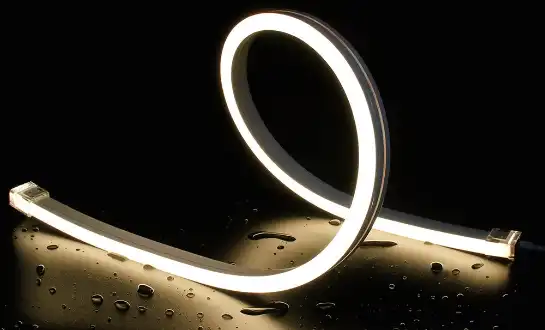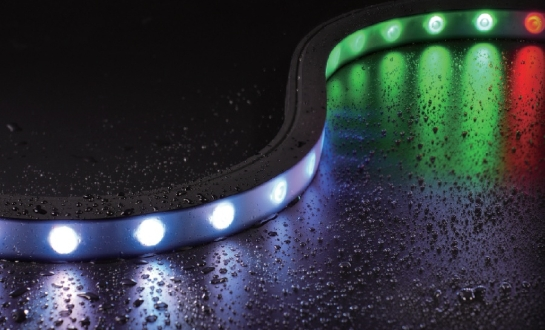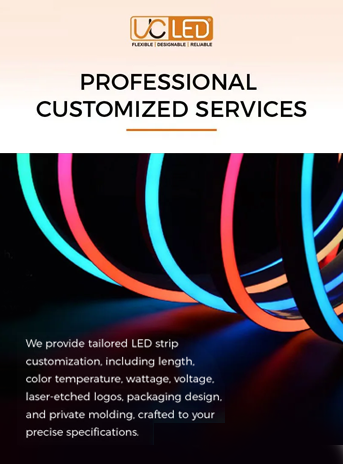Introducing Top Bend LED Neon Flex and Its Applications in Architectural Lighting
Top Bend LED Neon Flex is a versatile and innovative lighting solution that has revolutionized architectural lighting design. This flexible, energy-efficient alternative to traditional neon offers a myriad of possibilities for creating stunning visual effects on building facades, interiors, and landscapes.
What is Top Bend LED Neon Flex?
Top Bend LED Neon Flex is a cutting-edge lighting product that combines the flexibility of LED strips with the aesthetic appeal of traditional neon. It consists of a series of high-quality LEDs encased in a durable, UV-resistant silicone housing that ensures longevity and consistent light diffusion. The unique “Top Bend” design allows the strip to bend vertically, making it perfect for achieving smooth curves, intricate lettering, and creative outlines in architectural and signage applications. Its superior flexibility, energy efficiency, and even illumination make it a preferred choice for both indoor and outdoor decorative lighting projects.
Advantages of Top Bend LED Neon Flex in Architectural Lighting
The use of Top Bend LED Neon Flex in architectural lighting offers numerous benefits:
- Flexibility: Its ability to bend and conform to various surfaces makes it perfect for accentuating architectural features, allowing designers to highlight curves, corners, and outlines with smooth, continuous, and visually striking illumination effects.
- Energy Efficiency: LED technology consumes significantly less power than traditional neon, reducing energy costs while delivering the same or even greater brightness. This energy efficiency also contributes to sustainability, making LED Neon Flex for Contour Lighting an eco-friendly choice for both residential and commercial projects.
- Durability: The silicone housing protects the LEDs from environmental factors, such as moisture, dust, and UV exposure, ensuring longevity while maintaining consistent light output and preserving the vibrant, even glow of the LED Neon Flex for Contour Lighting over time.
- Customization: Available in various colors and color temperatures, LED Neon Flex for Contour Lighting allows for diverse lighting designs, enabling designers to create customized moods, highlight architectural details, and achieve dynamic visual effects in any space.
- Easy Installation: Lightweight and flexible, LED Neon Flex for Contour Lighting is simpler to install than traditional lighting options, reducing labor time and allowing for precise placement along curves and intricate designs.
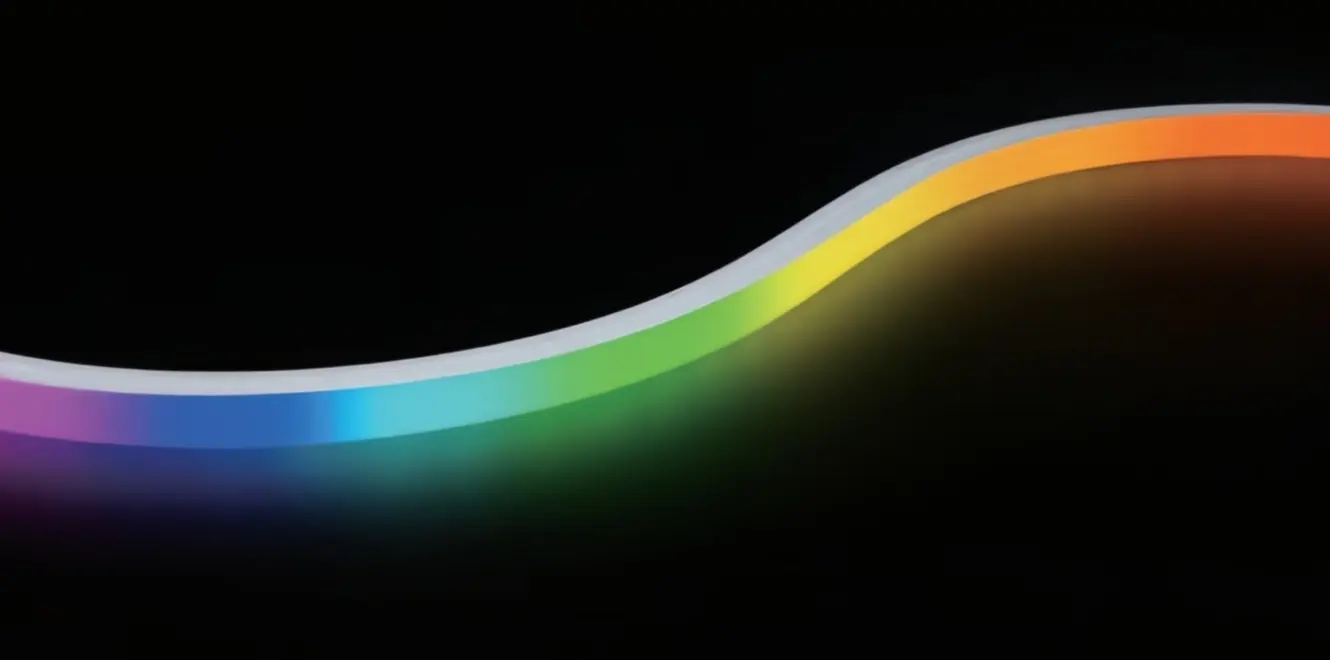
Creative Applications in Architectural Design
Top Bend LED Neon Flex can be used in numerous ways to enhance architectural designs:
- Outlining Building Contours: Highlight the silhouette of structures for a striking nighttime appearance. LED Neon Flex for Contour Lighting allows precise tracing of roofs, edges, and architectural lines, creating a visually dramatic effect that enhances the building’s identity and ensures it stands out in urban or commercial environments.
- Accent Lighting: Emphasize specific architectural features like columns, arches, or facades. This type of lighting draws attention to design details, adding depth and dimension while enhancing the visual appeal of the structure. It can transform ordinary features into focal points, creating a memorable and sophisticated nighttime aesthetic.
- Interior Design: Create unique lighting installations in lobbies, corridors, or artistic spaces. Flexible and customizable, LED Neon Flex for Contour Lighting can follow walls, ceilings, or furniture lines, producing elegant, modern effects. It contributes to ambiance, guides movement, and adds a signature touch to interior environments.
- Landscape Integration: Illuminate pathways, water features, or garden elements. The versatility of LED neon flex ensures even light distribution along curves and edges, enhancing safety while highlighting landscaping elements. Its weather-resistant design makes it suitable for outdoor applications, creating visually stunning, functional environments.
- Dynamic Lighting Scenes: Incorporate controllers for color-changing effects and animations. This allows designers to create interactive lighting experiences, adapting to events, moods, or seasons. Programmable sequences can synchronize with music or activities, transforming spaces into lively, immersive environments while maintaining energy efficiency and durability.
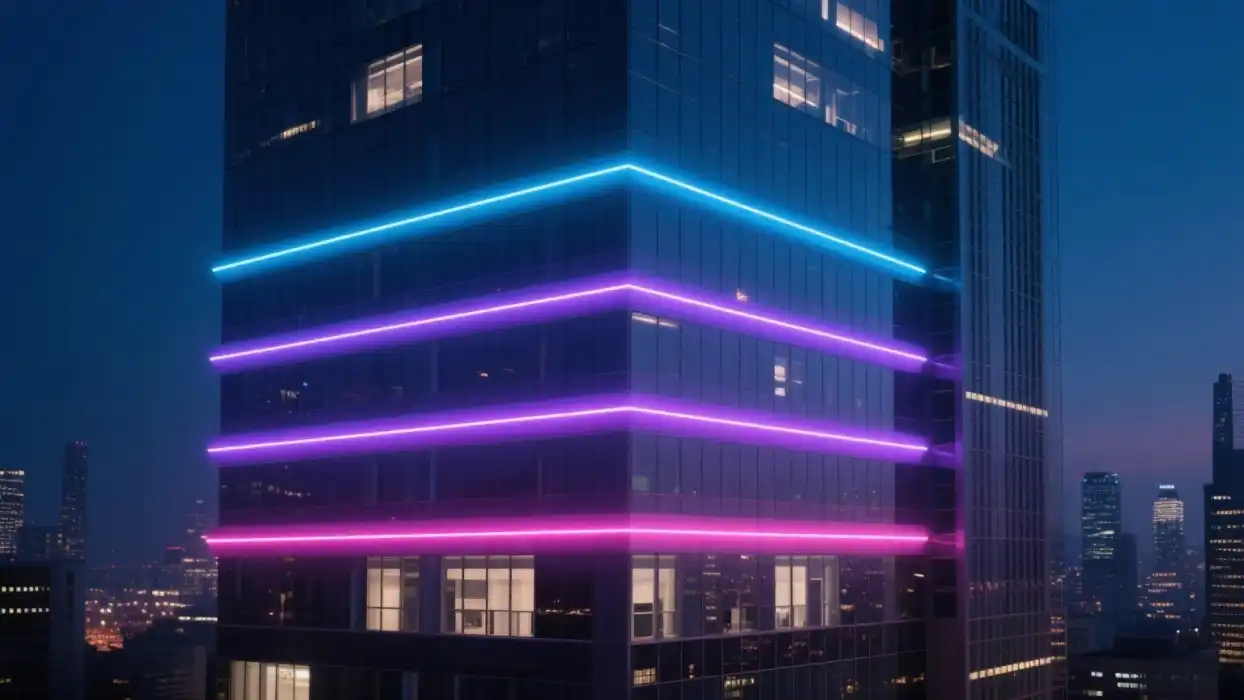
Design Principles for Architectural Lighting with Top Bend LED Neon Flex
Effective architectural lighting design using Top Bend LED Neon Flex requires a thoughtful approach that balances aesthetics, functionality, and technical considerations. Here are key principles to guide your design process:
Emphasizing Architectural Features
The primary goal of architectural lighting is to enhance and accentuate the building's unique features, highlighting its form, texture, and structure while creating an inviting atmosphere that complements its overall design intent. When using Top Bend LED Neon Flex:
- Identify Key Elements: Determine which architectural elements would benefit most from illumination.
- Create Depth: Use lighting to highlight textures and create shadows, adding dimension to flat surfaces.
- Balance: Ensure the lighting design complements rather than overpowers the architecture.
Color Temperature and Ambiance
The color of light plays a crucial role in setting the mood and atmosphere of a space:
- Warm vs. Cool: Choose warmer tones (2700K-3000K) for a cozy ambiance or cooler tones (4000K-6500K) for a modern, crisp look.
- Color Rendering: Consider how the light will interact with the building materials and surrounding environment.
- Dynamic Lighting: Explore color-changing options for versatility in creating different moods or for special events.
Integration with Natural Light
A well-designed lighting scheme should complement natural light:
- Day-to-Night Transition: Plan how the lighting will transition from day to night, ensuring it remains effective and appealing at all hours.
- Sensors and Controls: Implement automated systems to adjust lighting based on natural light levels, optimizing energy use and visual impact.
Technical Considerations for Implementing Top Bend LED Neon Flex in Architectural Designs
While the creative aspects of design are crucial, the technical implementation of Top Bend LED Neon Flex is equally important for a successful architectural lighting project:
Installation and Mounting
Proper installation is key to achieving the desired effect and ensuring longevity:
- Surface Preparation: Ensure surfaces are clean, dry, and suitable for adhesive or mounting clips to guarantee optimal adhesion and long-lasting installation performance.
- Bending Radius: Respect the minimum bending radius to prevent damage to the LED strip and ensure smooth, uniform light distribution along curves.
- Weather Considerations: Use appropriate IP-rated products for outdoor installations to protect against moisture, dust, and temperature variations in challenging environments.
- Expansion and Contraction: Allow for thermal expansion in long runs of LED neon flex to maintain stability, prevent warping, and ensure consistent illumination.
Power Supply and Wiring
Efficient power distribution is crucial for optimal performance:
- Voltage Drop: Calculate and account for voltage drop, especially in long runs, to maintain consistent brightness and prevent uneven illumination across the entire LED Neon Flex for Contour Lighting installation.
- Power Supply Selection: Choose appropriate power supplies based on the total wattage and length of the installation, ensuring efficient operation, stable output, and compatibility with dimming or control systems if required.
- Wiring Plan: Design a wiring layout that minimizes visible cables and ensures easy maintenance access while maintaining safety standards and enhancing the overall aesthetics of the lighting design.
Control Systems and Programming
Advanced control systems can elevate the lighting design:
- DMX Controllers: For complex color-changing and dynamic effects.
- Smart Integration: Consider compatibility with building management systems or smart home technologies.
- Zoning: Create lighting zones for flexible control and energy management.
- Preset Scenes: Program different lighting scenarios for various times of day or events.
Maintenance and Longevity
Plan for the long-term performance of your lighting installation:
- Accessibility: Design with future maintenance in mind, ensuring easy access to all components.
- Durability: Choose high-quality products with proven longevity in similar applications.
- Replacement Strategy: Plan for eventual LED replacement or upgrades.
Conclusion
Designing architectural lighting with Top Bend LED Neon Flex offers unparalleled creative freedom and efficiency. By understanding its unique properties and following key design principles, architects and lighting designers can create stunning, energy-efficient installations that enhance the beauty and functionality of any structure. As the demand for innovative lighting solutions grows, partnering with a reliable Top Bend LED Neon Flex supplier or manufacturer becomes crucial. Choose a provider with a proven track record in delivering high-quality products and expert support to ensure the success of your architectural lighting projects.
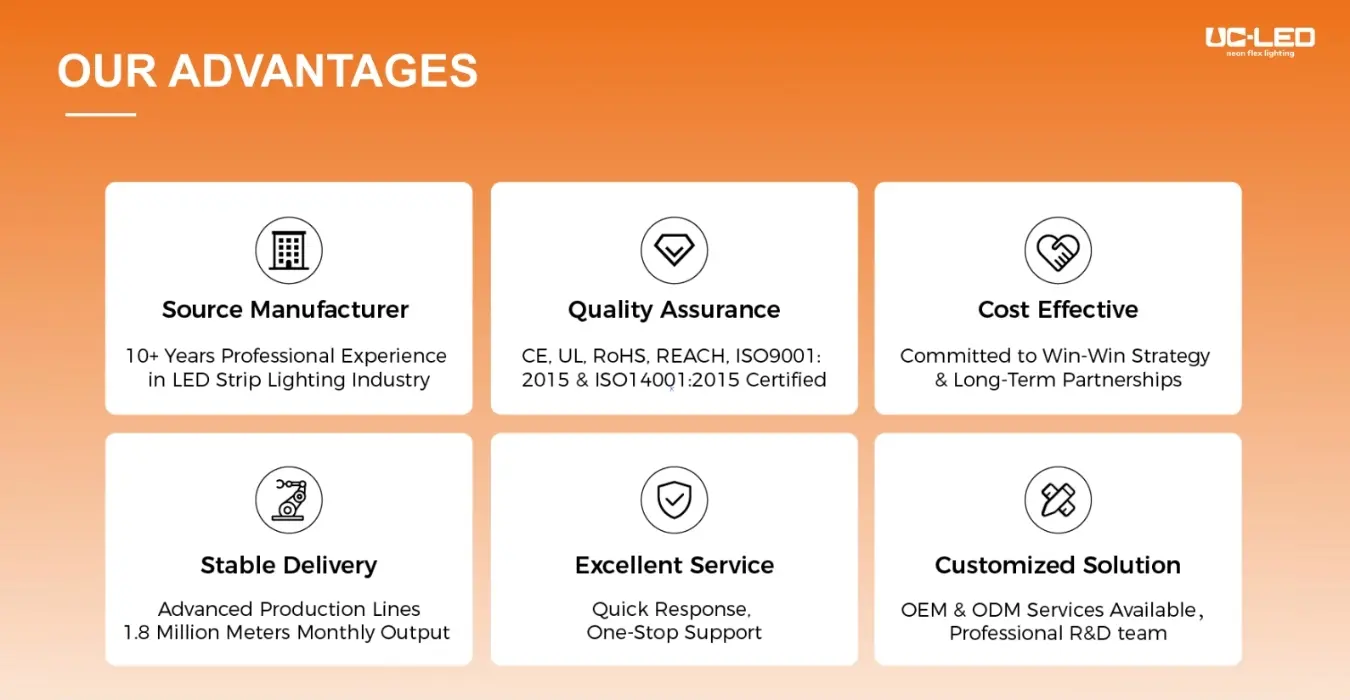
FAQ
What is the difference between Top Bend and Side Bend LED Neon Flex?
Top Bend LED Neon Flex bends vertically, ideal for creating smooth curves, while Side Bend bends horizontally, perfect for sharp corners and right angles.
How long does Top Bend LED Neon Flex typically last?
With proper installation and maintenance, Top Bend LED Neon Flex can last up to 50,000 hours or more, depending on usage conditions.
Can Top Bend LED Neon Flex be used outdoors?
Yes, many Top Bend LED Neon Flex products are available with IP67 or IP68 ratings, making them suitable for outdoor use and resistant to water and dust.
Expert Architectural Lighting Solutions | QUAN HE
At QUAN HE, we specialize in providing top-quality Top Bend LED Neon Flex for innovative architectural lighting designs. Our ISO-certified manufacturing facility and expert R&D team ensure superior products tailored to your specific needs. With our comprehensive OEM and ODM services, we offer end-to-end solutions from concept to installation. Trust our factory's decade-long experience in LED technology to illuminate your projects with precision and excellence. Contact us at Linda@uc-led.com for professional consultation and bring your architectural lighting visions to life.
source: LED Light
References
1. Johnson, M. (2022). "Advanced Techniques in Architectural Lighting Design". Architectural Lighting Press.
2. Smith, R. & Brown, L. (2021). "LED Technology in Modern Architecture". Journal of Sustainable Lighting, 15(3), 78-92.
3. Chen, Y. (2023). "Innovations in Flexible LED Lighting for Building Facades". Architectural Review Quarterly, 28(2), 112-125.
4. Thompson, E. (2022). "Energy Efficiency in Architectural Lighting: A Case Study Approach". Sustainable Design Institute Publications.
5. Patel, K. & Lee, S. (2023). "Integration of Smart Lighting Systems in Contemporary Architecture". Smart Buildings Technology, 7(4), 201-215.
